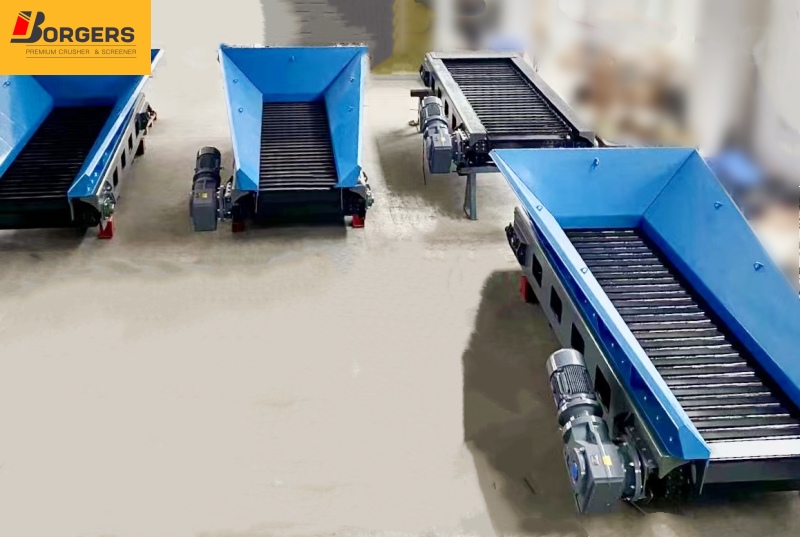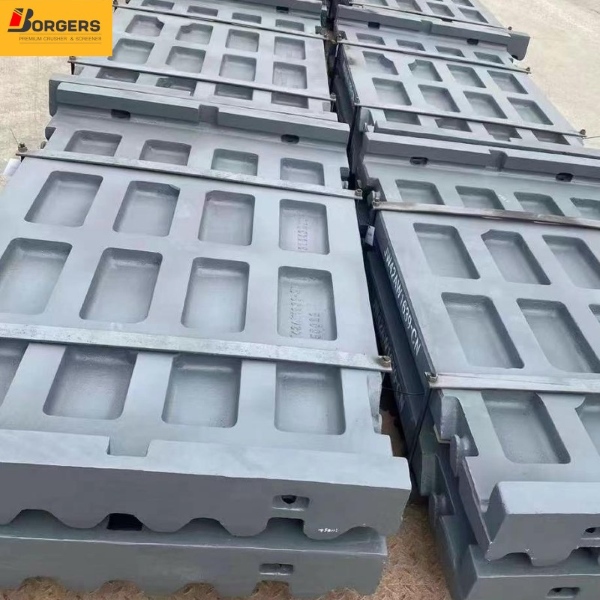
 Something about Apron feeder
Nov 18, 2025
Something about Apron feeder
Nov 18, 2025
Tags :
 The "Teeth" of the Jaw Crusher: Jaw Liners
Nov 17, 2025
The "Teeth" of the Jaw Crusher: Jaw Liners
Nov 17, 2025
Tags :
 How to correctly use concave and mantle of cone crusher at job site
Nov 03, 2025
How to correctly use concave and mantle of cone crusher at job site
Nov 03, 2025
Tags :
Tags :
Tags :
Tags :
Tags :
Tags :
Tags :
Tags :